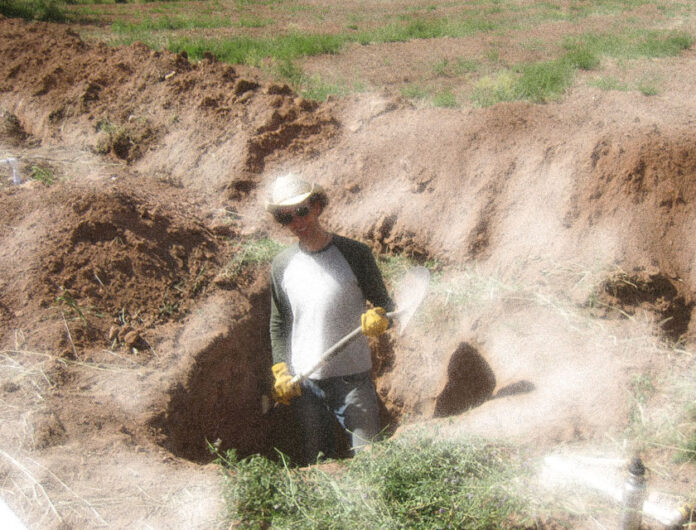Myths and tales being what they are sometimes serves as somewhat of a distraction from our seeming ordinary mundane lives. Sci-fi has always had it’s place in civilization over the centuries and the story of the Igigi and the Anunnaki is no exception.
The story could be considered as old as time itself and over all, it’s a pretty good read from the stand point of Sci-fi.
Imagine for a moment, a great star ship descending on to a pyramid just like in the show Stargate SG1 (an excellent show by the way — Richard Dean Anderson was the best).
I could see the guys in Hollywood making a great Sci-fi movie out of the Anunnaki myth if they decided to really put their minds to it.
As the story goes:
The Ancient Anunnaki are said to have created the human race by genetically modifying early humans in order to use them as a labor force. But before humans were created, the Igigi were used by the ancient Anunnaki as their main labor force.
It is said that the Igigi (they who turn and see) were the ancient astronaut gods of the younger generation, the servants to the mighty Anunnaki who came to earth to mine gold.
The so-called terminology used to describe the gods is extremely complicated and still (apparently) needs quite a bit of study.
Researchers believe the term Igigi is of Semitic origin and indicates the group of gods in the Mesopotamian pantheon. It is still unclear which ancient gods belonged to the Igigi, but some scholars suggest Mardik, the patron god of the city of Babylon, was one of the Igigi.
—
Mainstream scholars use the term Igigi to make reference to the Sumerian mythological deities. According to these mainstream scholars, speaking of the mythological, the Igigi were the younger servants of the Anunnaki who initiated a rebellion against their masters and the dictatorship of Enlil. Eventually, the Anunnaki replaced the Igigi with humans.
In the myth of Atrahasis, the Babylonian story of the Flood and a precursor to the flood story in the Gilgameš Ep, the Sumerian paradise is described as a garden where lower gods (the Igigi) were put to work digging a watercourse by their masters, the Anunnaki:
“When the gods like men bore the work and suffered the toil, the toil of the gods was great, the work was heavy; the distress was much.” (Source)
“The Seven great Anunnaki were making the Igigi suffer the work.”
“When the gods, man-like, Bore the labor, carried the load, the gods load was great, the toil grievous, the trouble excessive. The great Anunnaku, the seven, were making the Igigi undertake the toil.”
—
The ancient astronaut hypothesis suggests that the Igigi were similar to the Anunnaki, remaining in constant orbit around our planet. They were basically considered as intermediaries between our planet and Nibiru, home of the Anunnaki.
Many believe that the Igigi remained in constant orbit around our planet in giant platforms which processed ores which were delivered from Earth. After processing the minerals, the material was transferred to other ships and eventually transported to the home planet of the Anunnaki.
—
The Igigi were apparently never encountered by mankind. It is said that several texts make reference to them, saying the Igigi were “too high up for mankind”, and consequently “were not concerned with the people.”
After years of tenuous and hard work for the Anunnaki, the Igigi rebelled against their masters. It is said that they “set fire to their tools and surrounded Enlil’s great house by night” forcing the ancient Anunnaki to find another source of labor.
—
This is why the ancient Anunnaki replaced the Igigi after genetically engineering ancient humans creating a greater workforce.
Many authors suggest that the human “slave race” was created after the ancient Anunnaki genetically modified the genes of early humans nearly 500,000 years ago.
Summary:
I suppose that some of the names and places mentioned in the old Sumerian texts actually existed, but we simply can’t escape the notion that some of these stories were subject to the very same kinds embellishments that the later Egyptians practiced with regard to their Pharaohs, or even as late as the Roman times. Suffice it to say that though a Pharaoh or an Emperor of Rome might have been worshiped as gods, they were, at the end of the day, very much human, just like the rest of us.
The story of the Igigi and the Anunnaki could very well have been the Sci-fi of it’s time, just like Star Trek was the Sci-fi of our time — Presenting humans as being more than what they actually are is the stuff of Sci-fi — Sci-fi used for anything other than pure entertainment purposes can lead us down the road to delusion. A delusion that might lead to any good number of assorted religions and deceptions.
One day the human race may end up looking at Star Trek through the same lens as our so-called scientists are looking at the Igigi and the Anunnaki now — Seems that presenting myth as fact by some is what we’ve come to. We’re really no better off now than in the times of the Sumerians I guess.
In closing, and not to put too fine of a spin to this, I’m just willing to bet that there are those even today that think Star Trek is just as real as those who think the story of the Anunnaki is.
At least one might think so, what with all of the fictitious *science thats floating around out there these days.
Thanks for the read.
Happy Trails







